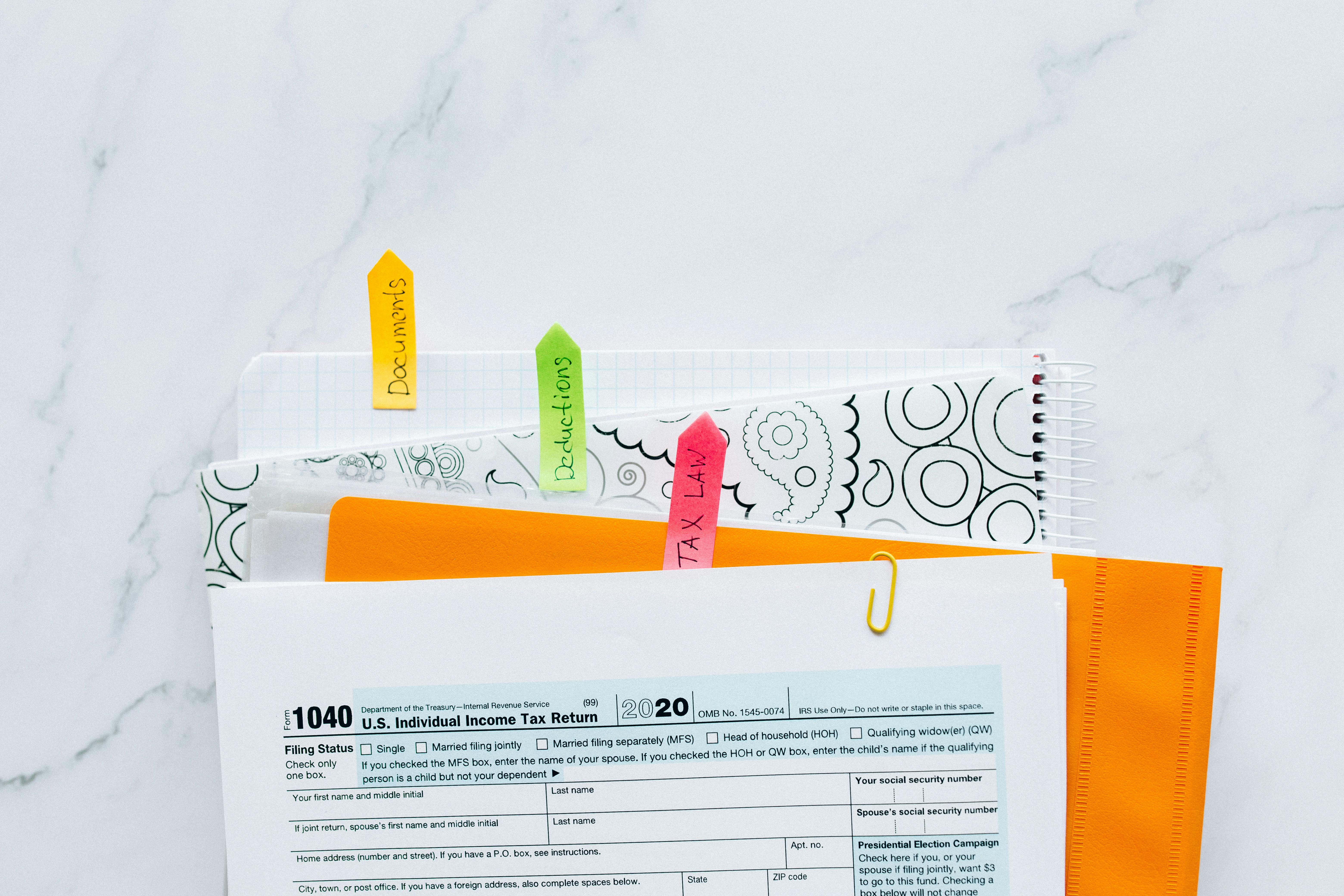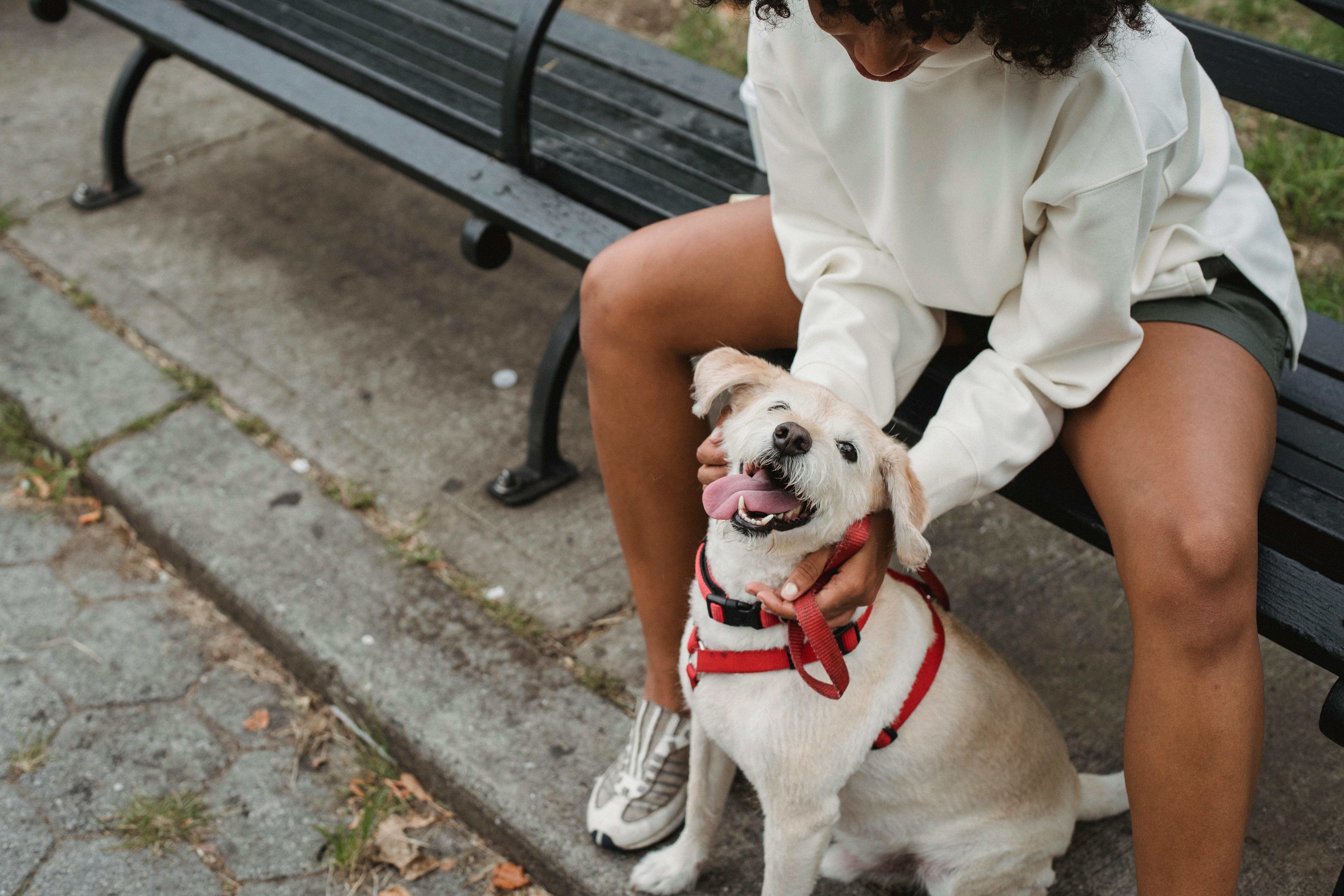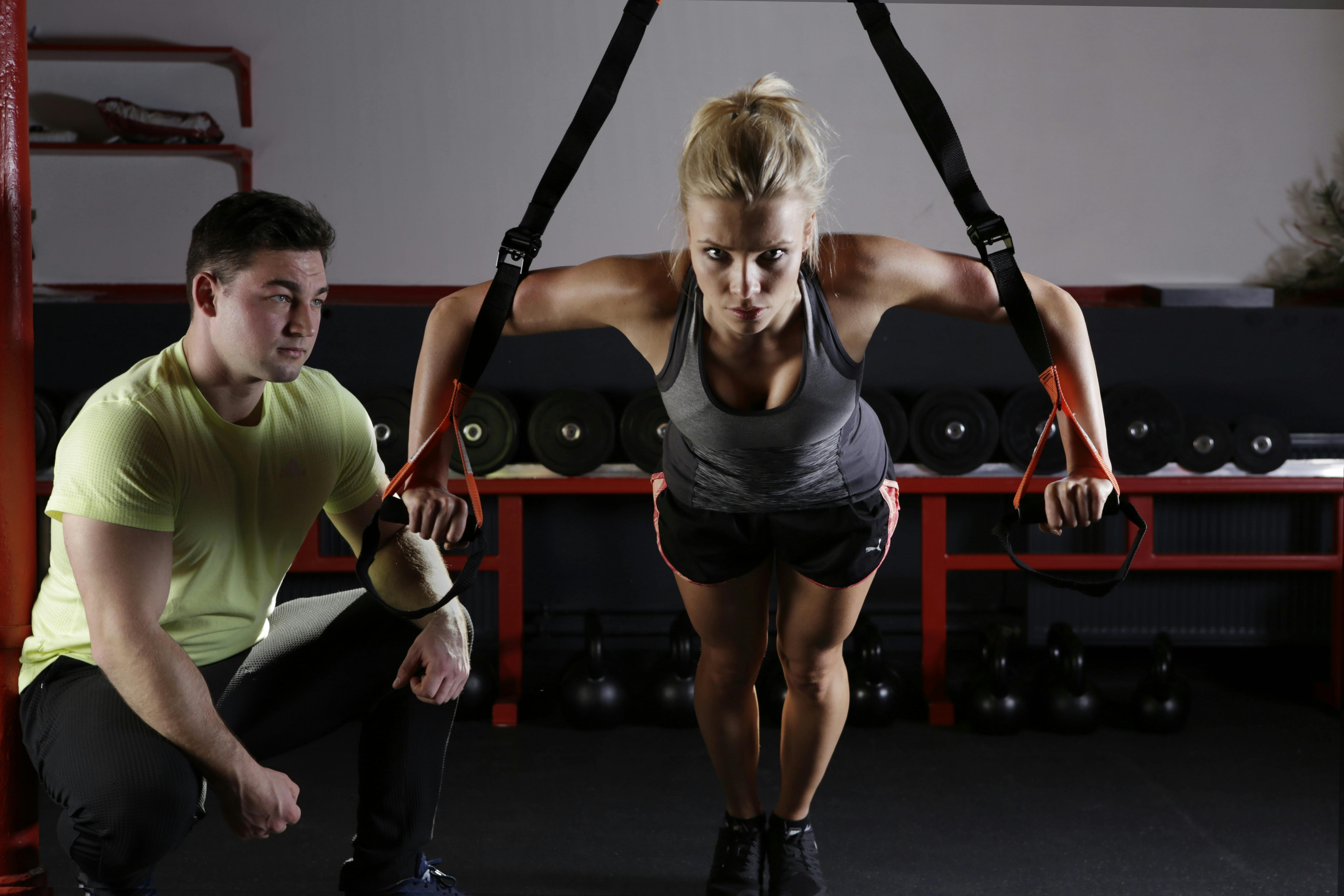There are basically 2 ways to lose weight fast.
To lose weight fast, you’ll need to either decrease your calorie intake or increase the rate at which your body burns the calories you consume.
To lose weight fast you need to do some type of activity that burns more calories than your usual daily routine.
This may be something you don’t want to hear, but adding exercise to your daily routine is the fastest way to start burning more calories.
Altering or modifying your daily routine to include calorie-burning activities will also help, but weight loss will be slower.
An example would be taking the stairs at work instead of the elevator.
Park further away from your workplace so you have to walk more to and from work.
The above are 2 simple adjustments to your day that will help you burn more calories and see a gradual decrease in your body weight.
However, if you want to lose weight fast, you’ll need to increase the amount of work you’re doing by taking those walks several times a day, walking faster or running to work, and taking the stairs.
Obviously, that’s not a desirable activity first thing in the morning because we’re usually dressed for work and can’t afford to shower after we get to our workplace.
So some type of exercise that allows you to burn more calories in a short period of time is the most desirable option if you want to lose weight fast.
Trying to lose weight quickly simply by dieting can slow down weight loss. When you lower your calorie intake below what your body needs to maintain a healthy state, your metabolism will begin to slow down to help support the nutritional needs of your vital organs.
Basically, your body starts to shut down, so it can survive on the number of calories you’re consuming. This is how bears and other animals hibernate in the winter and survive.
Adding exercise to your day will burn more calories and speed up your metabolism by increasing your lean muscle mass. Increasing your lean muscle mass will help you burn more calories even at rest by boosting your metabolism.
How much exercise is required to lose weight fast?
Consider that 3,500 calories equals one pound. So if you want to lose a pound a week, you would have to burn 500 calories a day for 7 days or decrease your calorie intake by 250 calories and burn 250 calories.
If your goal is to lose two pounds a week, you’ll need to reduce your calorie intake by 1,000 calories or combine the calorie reduction with activity that burns more calories and increases your metabolic rate.
Trying to lose weight fast with exercise and reducing the calories you consume is the best option.
If you’re consuming an average of 3,000 calories per day, then lowering your calorie intake by 500 calories and engaging in exercise that burns 500 calories should help you lose about two pounds per week.
Losing a pound a week or even two pounds a week doesn’t sound like much; however, this is a weight loss you should be able to maintain as long as you follow your diet and exercise plan.
If you haven’t been exercising for a while, trying to do too much too soon can lead to fatigue, muscle pain, and even injury. This will only set you back and delay the achievement of your weight loss goals. Not quickly achieving your weight loss goals can result in frustration and loss of motivation to keep exercising and watching your diet.
You didn’t gain that excess weight overnight, and it will take some time for you to lose it and keep it off in a healthy way.
The first step in your quest to lose weight fast is knowing how much you want to lose and how long you have to lose it. A little advance preparation will increase your weight loss success in a short period of time.
Losing 1 to 2 pounds per week is a reasonable goal for healthy weight loss.
If you want to lose 10 pounds for an upcoming event, you’ll need to start your weight loss program at least 10 weeks in advance.
Keeping a diary for 1 to 2 weeks of the foods you eat and how many calories those foods contain will give you a good idea of your average daily caloric intake. This will also make it easier to see where you can cut back on portions or eliminate snacks that add significant calories to your daily intake.
It may not take you long to see where you’re consuming at least an extra 500 calories per day and didn’t realize it.
Include your daily activity in your diary. Write down what you did from the time you got out of bed until you went to bed at night.
The goal is to find ways to add calorie-burning activity to your daily regimen without interfering with other daily tasks that require your attention.
By keeping a diary, you’ll have a clearer picture of how adjustments can be made to how you eat, what you eat, and eliminate unhealthy calories that make you look fat and overweight.
You’ll be able to identify activities that can be modified to burn more calories or find time you didn’t know you had that would allow you to walk, run, or exercise for 15, 30, or 60 minutes a day.
To get and stay healthy, it’s recommended to engage in some type of activity that gets your heart rate up to about 70 percent of your intended maximum for at least 30 minutes three times a week. Your predicted maximum heart rate is 220 minus your age multiplied by 0.70 (220 – age in years x 0.70). So if you are 30 years old, your ideal heart rate would be 133.
The above is just a recommendation and is not something you should try to accomplish on day one of your weight loss plan. Make it your long-term goal.
The key is to start doing something and over time you will begin to experience gradual weight loss, look more toned and feel healthier. This progress will keep you motivated and committed to your weight loss program.
By sticking with some type of exercise program and monitoring your calorie intake, you’ll be better prepared the next time something comes up that makes you want to lose an extra 10 pounds so you can wear those clothes you haven’t worn in years. He will know what he needs to do because he now knows how his body is going to respond to changes in his diet and daily activity. Your body will already be used to doing some exercise, so you won’t risk setbacks from injury and frustration.
Get started, today, by focusing on the following:
1.) Where are you now? diary to find out what your average day looks like in terms of calories in, calories out, and activity level.
2.) Be more active – where and how you can change your daily activity to burn more calories.
3.) Time management – Find a time when you can add exercise to your day, even if you have to include the family.
4.) Set Goals – how much weight you want to lose and how much time you have to do it.
5.) Plan – Create your weight loss plan based on your knowledge that cutting your calorie intake by 250 per day and burning 250 calories per day will help you lose one pound per week.
6.) Reward – stay motivated and reward yourself for even the smallest progress.
7.) Do It For His Health – There are many reasons why each of us wants to lose weight. Make exercising and eating healthy every day your main focus. Getting healthy and staying healthy will result in healthy weight loss that doesn’t come back when you least expect it.
Before starting any exercise program, talk to your doctor.
Being overweight is a risk factor for heart disease, and the last thing you want to do is start exercising or doing another activity that could cause a heart attack.
On a more positive side, exercise and weight loss will help protect you from developing heart disease, high blood pressure, diabetes, or having a stroke.
If your primary care doctor says it’s okay, start your exercise routine by simply walking briskly or with some low-impact exercise that’s easy for beginners. Starting slowly will help build your confidence and lessen any muscle soreness you may experience when you first start.
Remember, if you focus on getting and staying healthy, weight loss will come.









